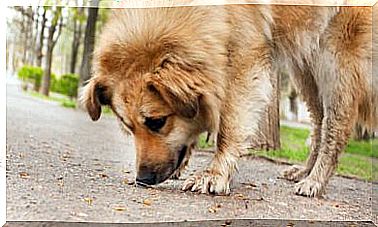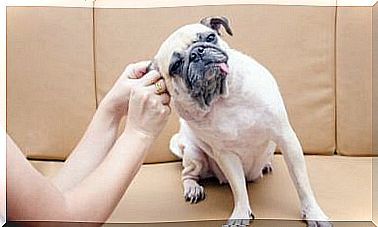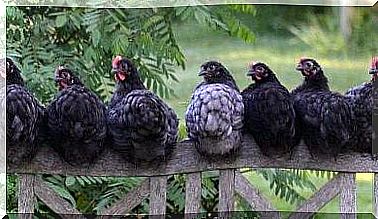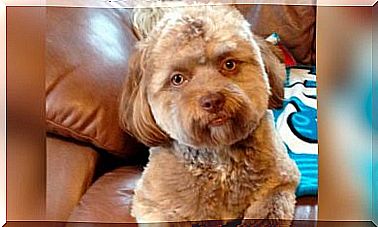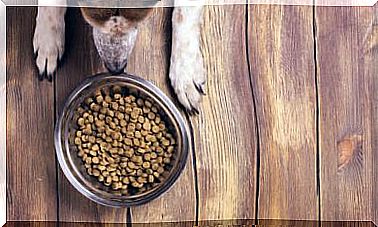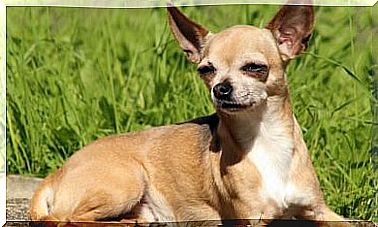Why Does The Coat Color Change In Cats?
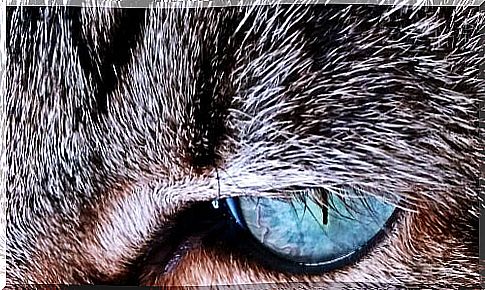
The properties of the cat’s fur are determined by genetics. The genes are responsible for coat color, pattern, length and texture.
Sometimes you can perceive a change in the color of the coat in cats and the question arises: How does this change come about? Read on, in this article we will explain it to you.
Aging affects cat fur just as it does human hair
The appearance of gray hair is a perfectly normal change that comes with age. This sign of aging can be a timely reminder that we should never take the unconditional love we receive from our pets for granted.
The temperature of the skin can change the color of a cat’s coat
This is the case with the oriental races like the Himalayan and the Siamese. The Himalayan kittens are born with an almost cream-colored coat, while the Siamese kittens are born white.
As they grow up, dark hairs appear in their fur on different areas of their body, depending on the temperature of their skin.
As a result, their fur stays lighter in warmer areas such as the neck and body. In other places where the skin is colder, such as the tail, paws, face, and ears, the fur becomes darker.
Ambient temperature can also play a role in coat color. Therefore , their spots can get darker or lighter depending on the season.
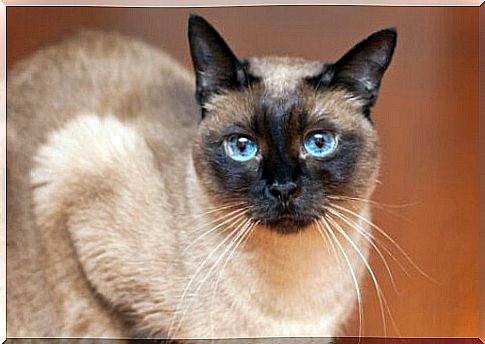
However, a change in coat color in these breeds can also be an indication of a disease in which the temperature of their skin is increased.
Black fur can turn reddish brown if the cat doesn’t eat meat
It is important to know that cats need sufficient amounts of the amino acid tyrosine to keep their dark black fur in optimal condition.
The reason for this is that tyrosine is necessary for the formation of eumelanin, the pigment that is responsible for the black color in the fur.
Therefore, due to a lack of tyrosine, the fur changes color and changes from black to a reddish or rust-orange color. Remember that tyrosine deficiency is caused by the lack of animal protein (meat or fish) in the diet.
A lack of copper in the diet can also lead to changes in coat color in cats
While it doesn’t happen very often, a lack of copper can depigment the colored layers, causing a black cat’s fur to turn brown.
This mineral is necessary to convert the amino acid tyrosine into the pigment melanin. Copper also has many other functions. For example, it is part of several enzymes and is involved in the absorption and transport of iron.
Food sources for copper include liver and some grains. However, pet foods are usually fortified with copper to ensure pets are getting all of the nutrients they need.
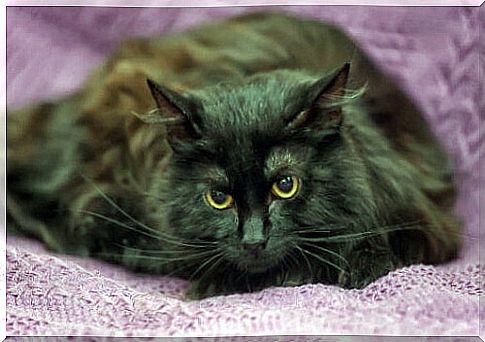
The cat’s fur can change color due to disease
If you have a balanced diet and your cat’s coat color changes , you should have a veterinarian rule out possible disorders in the metabolism or in the intake of tyrosine (in black cats).
It should be noted that certain health conditions can impair the metabolism of tyrosine; in these cases the black fur can turn brown.
A notable example is liver disease, as phenylalanine is converted into tyrosine in this organ. Thyroid and kidney problems are also considered to be the cause of the change in coat color.
If your cat’s coat color changes, it is definitely best to see your vet. While you can’t prevent aging, you can find out why the color of your coat changes.

